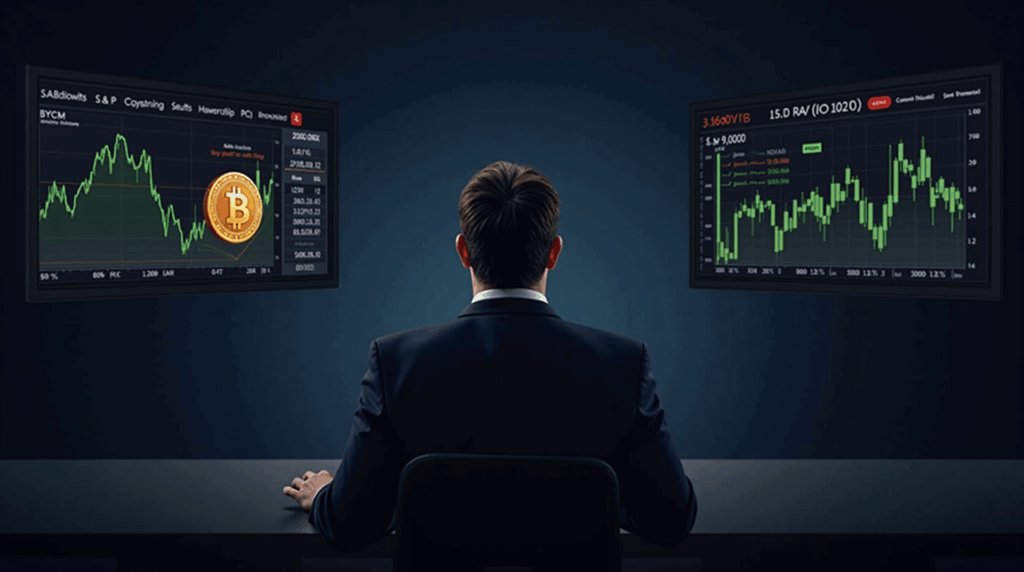Strategy Inc.’s potential inclusion in the S&P 500 faces significant obstacles tied to committee judgment, large price swings, and crypto-driven results. An analysis by Ainvest says the firm would meet the money rules, but the index committee could weigh the company’s risk profile more than the raw numbers.
The outcome matters for passive managers and investors who copy the index, because inclusion determines if the stock becomes part of a base of regular buyers and with what size.
How S&P 500 inclusion is decided
The S&P 500 is not a simple filter; a committee decides entries and exits using its own judgment. The material analyzed indicates that even if Strategy Inc. checks all technical points, the final decision can deny access if the company does not match the stability profile the committee seeks.
- Committee decision in the S&P 500 matters more than numbers.
- Fluctuation over 30 days is above 96 %, as Ainvest says.
- Reliance on Bitcoin makes it hard to foresee results.
- Profit is met, but there are doubts about the model’s stability and future.
Volatility and business model risk
Fluctuation stands out as the main problem. Strategy’s stock acts like Bitcoin, which causes quick, large swings, and Ainvest points to “30-day swings above 96 %,” a possible warning for a committee that values stability. This much variation raises the risk of index changes and blurs company-specific risk versus general market risk.
The committee could question whether the business model lasts if value depends heavily on BTC’s price. A severe fall in the underlying asset could harm finances and inject unwanted fluctuation into the S&P 500, and Bitcoin exposure can amplify gains in good markets and losses in bad markets, making regular financial soundness hard to see.
Profitability versus predictability
Ainvest indicates that Strategy Inc. (formerly MicroStrategy, according to their article) would pass profit limits, but the committee could value overall risk and the ease of predicting results more highly. Compared with companies that have fairly steady operating cash, the crypto component adds a layer of uncertainty the index may prefer to avoid.
The committee’s decision—no specific time is mentioned in the materials—will weigh financial qualifications against the risk of adding more fluctuation to the S&P 500. The next step is to see whether index stability wins or the adaptation to new business types connected to cryptoassets prevails, and the result will shape both Strategy Inc.’s access to passive capital and the role of crypto exposure in benchmark indices.


